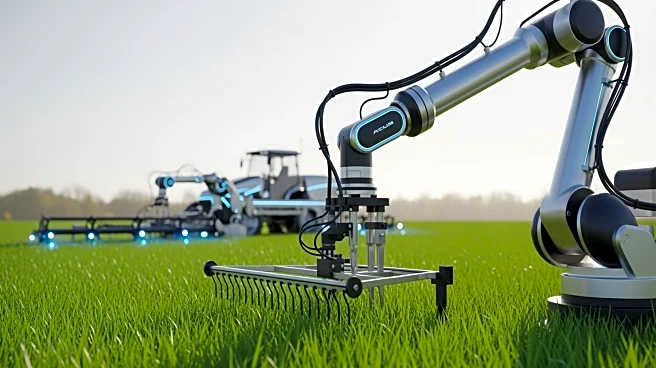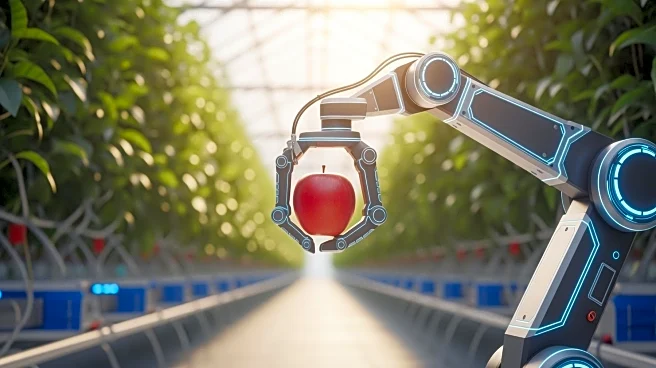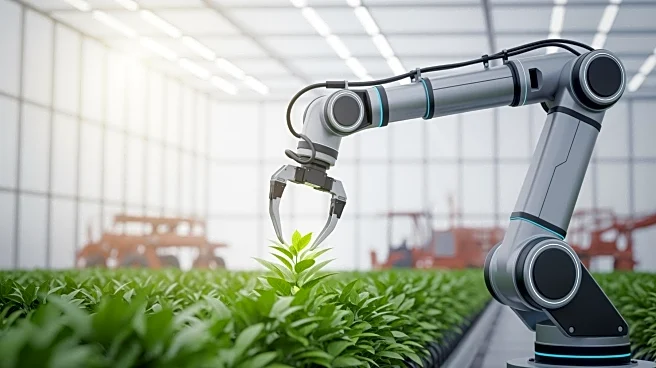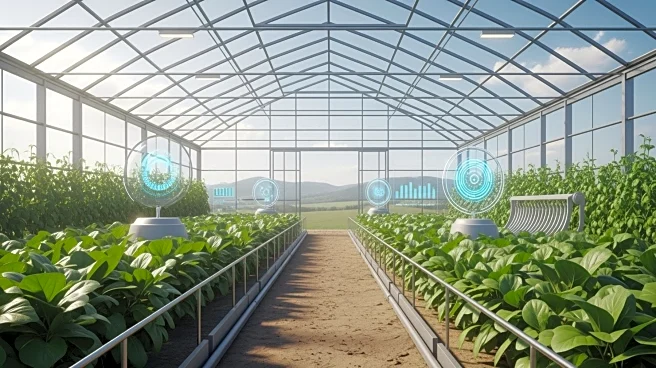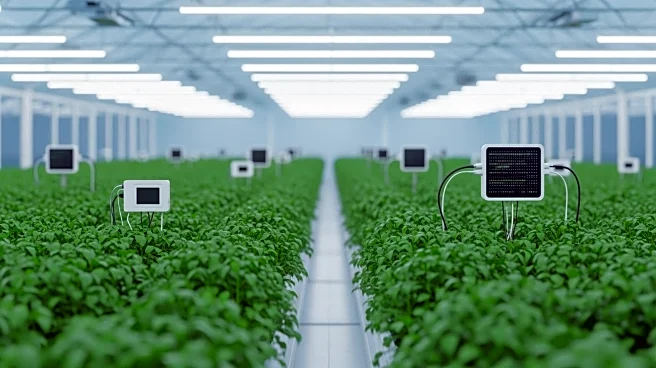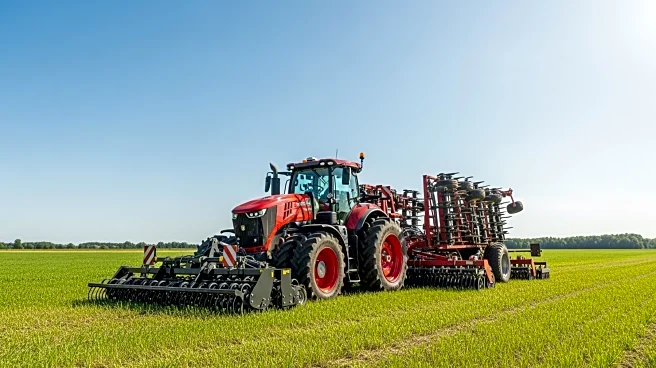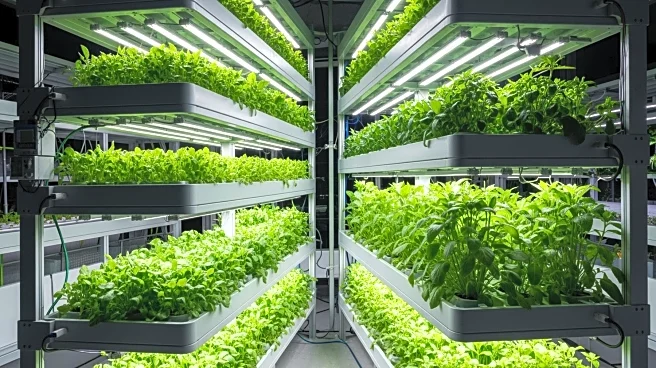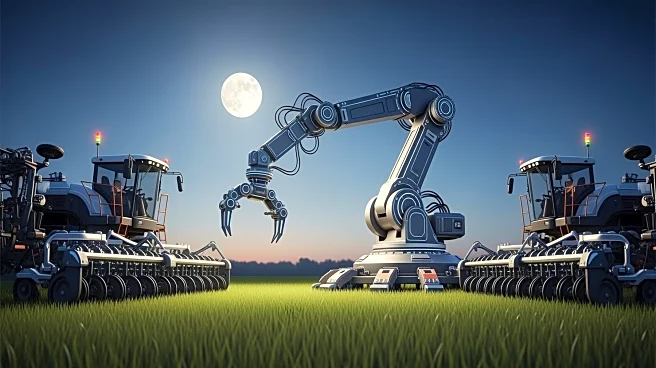What's Happening?
Venture capital funding for agrifood robotics and mechanization has decreased significantly, with a 36% drop from $168 million in Q2 to $108 million in Q3 of 2025, according to preliminary data from AgFunder.
This decline represents a 57% year-over-year decrease compared to Q3 2024. Despite the downturn, weed control remains a prominent area for agricultural robotics, with companies like SwarmFarm Robotics raising $30 million for their autonomous machines. Other startups such as TRIC Robotics, Rootwave, and Red Barn Robotics have also secured funding to address weed management through innovative technologies like laser weeders and thermal micro-jetting. Additionally, Beewise's solar-powered 'Beehome' showcases the role of AI and automation in combating bee colony losses, emphasizing the importance of precise monitoring and protection against threats.
Why It's Important?
The decline in funding for agrifood robotics reflects broader trends in agrifoodtech investment, which saw a 32% drop from the previous quarter. This reduction in capital could impact the development and deployment of advanced agricultural technologies, potentially slowing innovation in areas critical to modern farming, such as automation and precision agriculture. However, the continued investment in weed management technologies highlights the sector's focus on addressing specific agricultural challenges. The advancements in AI and automation, as demonstrated by Beewise, underscore the potential for technology to enhance sustainability and efficiency in agriculture, which is crucial for meeting the demands of a growing global population.
What's Next?
As funding figures are preliminary, they may increase as more data becomes available. The ongoing evolution of crop robotics, as noted by The Mixing Bowl's 2025 Crop Robotics Landscape, suggests a dynamic ecosystem with new entrants and maturing technologies. The convergence of robotics, sensing, and AI is expected to become increasingly integral to modern agriculture, with advancements in autonomy for row crops and commercial activity in weeding. The expansion of autonomous tractors, smaller platforms, and scouting drones indicates a promising future for agricultural innovation, despite current funding challenges.
Beyond the Headlines
The decline in funding may prompt agrifood robotics companies to seek alternative financing methods or strategic partnerships to sustain their operations and continue technological advancements. The focus on weed management and bee colony protection reflects a growing awareness of environmental sustainability and the need for resilient agricultural practices. As these technologies evolve, they may contribute to broader efforts to combat climate change and ensure food security, highlighting the ethical and ecological dimensions of agricultural innovation.
